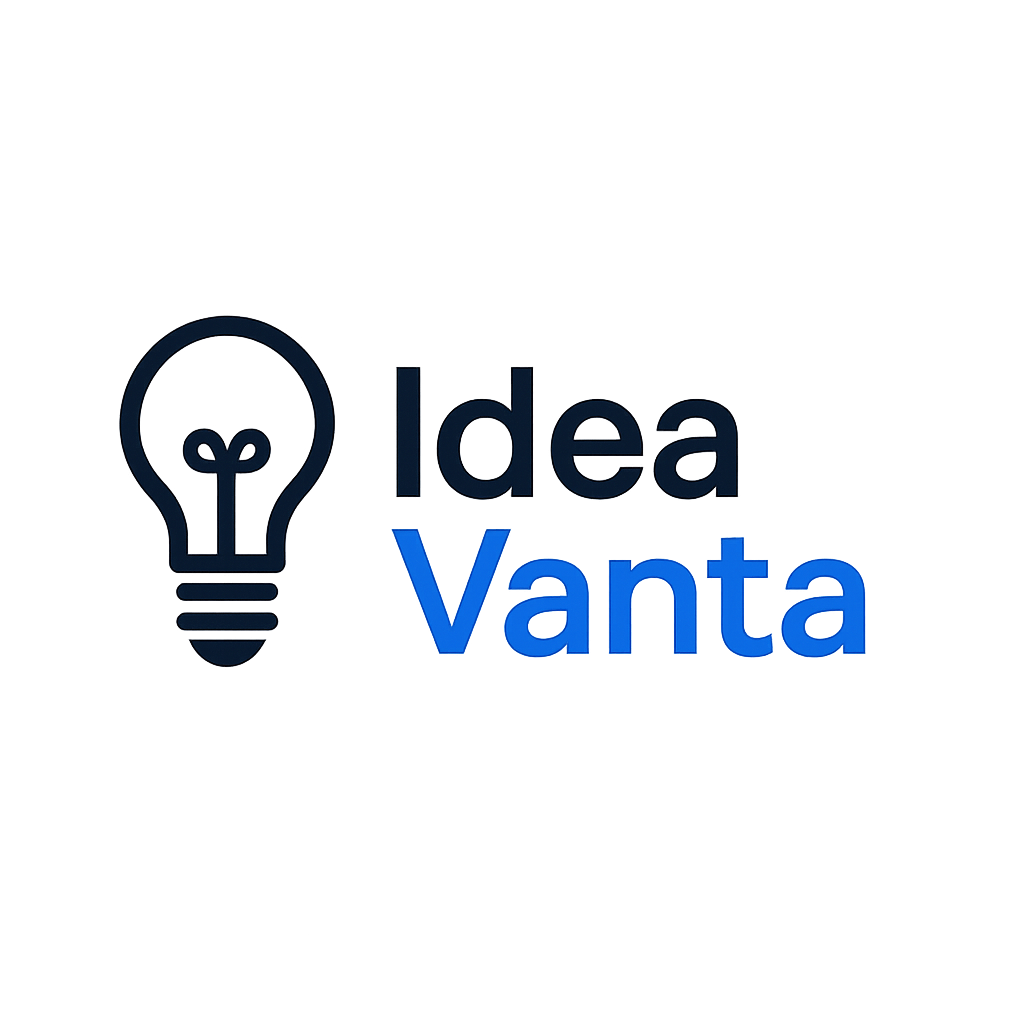Maximizing mental wellness through micro workouts and mindfulness breaks
In today’s dynamic work environment—especially among remote workers and professionals—sustaining mental health can quickly take a back seat to deadlines and productivity goals. Stress, fatigue, and digital overload are all too common, making the need for efficient self-care strategies more urgent than ever. Finding time for in-depth workouts or lengthy meditations can seem impossible. Yet, the rise of micro workouts for mental health, mindfulness breaks for remote workers, and science-supported quick stress relief routine 15 minutes now offers a promising solution. These compact interventions empower professionals to reset, recharge, and return to work with renewed clarity—all within the smallest pockets of free time. In this article, we’ll explore how these short-form routines support resilience, boost productivity, and can be tailored easily to fit even the busiest schedules.
The impact of micro workouts on mental health
Micro workouts, defined as exercise sessions lasting anywhere from 4 to 15 minutes, are gaining traction not just for physical benefit but for their measurable impact on mental well-being. Studies from organizations like the American Psychological Association indicate that brief bouts of movement can immediately elevate mood, alleviate anxiety, and sharpen focus. Unlike traditional hour-long fitness regimens, these micro sessions remove the barrier of “no time” and integrate seamlessly into workdays.
High-intensity interval training (HIIT), quick yoga flows, and even brisk walks around your home office count as micro workouts. The key lies in intentionality: even a handful of push-ups or jumping jacks triggers the release of endorphins. By embedding movement in your routine—especially during midday slumps—micro workouts become a powerful strategy for preventing burnout and supporting mental resilience in remote settings.
Mindfulness breaks: A remote worker’s secret to sustained focus
Remote workers often face unique mental health challenges, from isolation to constant digital distractions. Mindfulness breaks offer a practical antidote, enabling remote professionals to step back, ground themselves, and regain composure—even during hectic days. Research published in the journal Mindfulness demonstrates that just 5–10 minutes of intentional breathing or guided meditation can dramatically reduce perceived stress and boost cognitive performance.
These short mental resets do not require a quiet, secluded corner—they work anywhere, even in between video calls. Integrating mindfulness breaks for remote workers is easy: set a recurring reminder to pause, focus on your breath, or use a mindfulness app for a quick body scan. Over time, these habits wire your brain for calm and can boost productivity by as much as 20% compared to working straight through the day without pause.
Designing your 15-minute quick stress relief routine
Building an effective quick stress relief routine that fits into a 15-minute window doesn’t need to be complicated. The most successful routines combine movement, mindfulness, and reflection. Here’s a sample template you can personalize based on your needs:
- Minute 1–3: Move your body (light stretching, jumping jacks, or a brisk walk to another room)
- Minute 4–8: Practice mindful breathing or a guided visualization exercise
- Minute 9–11: Write down three things you’re grateful for or positive moments from your day
- Minute 12–15: Reflect on your energy and focus levels—what’s changed since you began?
Consistency is key. By committing to this 15-minute break once or twice daily, even the busiest professionals begin to notice improved mood regulation and sharper mental clarity, contributing to both immediate and long-term well-being.
Checklist: Micro workouts and mindfulness breaks for daily integration
| Time of day | Activity | Purpose |
|---|---|---|
| Morning (pre-work) | 7-minute HIIT or yoga sun salutations | Kickstart energy and motivation |
| Midday | 5-minute breathing exercise | Reset focus and manage stress |
| Afternoon (after lunch) | Short walk or bodyweight circuit | Prevent the post-lunch energy dip |
| End of workday | Gratitude journaling + gentle stretch | Transition from work to personal time |
This roster isn’t prescriptive; it’s a flexible menu. Choose what fits your needs, and don’t hesitate to swap activities as your schedule—and mood—require. The focus is on regularity and deliberate engagement, not perfection.
Avoiding common pitfalls: Sustainable habit formation
Many professionals begin strong with micro workouts and mindfulness breaks but struggle to maintain consistency. To avoid this, begin with realistic goals—perhaps one micro workout or mindfulness practice per day, then build up as routines become ingrained. Use digital habit trackers, calendar reminders, or even group check-ins with colleagues to keep motivation high.
If you skip a session, simply return when able. Remember: flexibility is vital, and progress is never linear. Variety is another motivator—alternate between movement-based micro workouts and shorter, purely mental mindfulness breaks to keep things engaging and effective.
Micro workouts and mindfulness: The productivity and wellness connection
The primary benefit of quick, focused routines isn’t just improved mood or stress management—it’s their synergistic impact on overall productivity and workplace satisfaction. Numerous studies underscore that employees who take short, well-timed breaks are substantially more effective, creative, and resilient. For remote workers, these routines also provide a sense of separation from the “always-on” digital work cycle.
Did you know? According to data from the World Health Organization, companies fostering regular mental health micro-breaks see up to a 35% reduction in employee absenteeism and a significant boost in engagement.
Conclusion: Start building your compact wellness toolkit today
Incorporating micro workouts for mental health and regular mindfulness breaks for remote workers may seem like small steps, but their cumulative power is undeniable. Crafting a quick stress relief routine of just 15 minutes—filled with movement, breathing, and reflection—can dramatically alter the trajectory of your day and supercharge productivity, focus, and satisfaction. Commit to experimenting with these practices, track your progress, and adjust as you learn what works best for you. Start today, and you’ll soon discover that a healthier, more balanced professional life is always within reach—even during your busiest weeks.
Image by: cottonbro studio
https://www.pexels.com/@cottonbro
